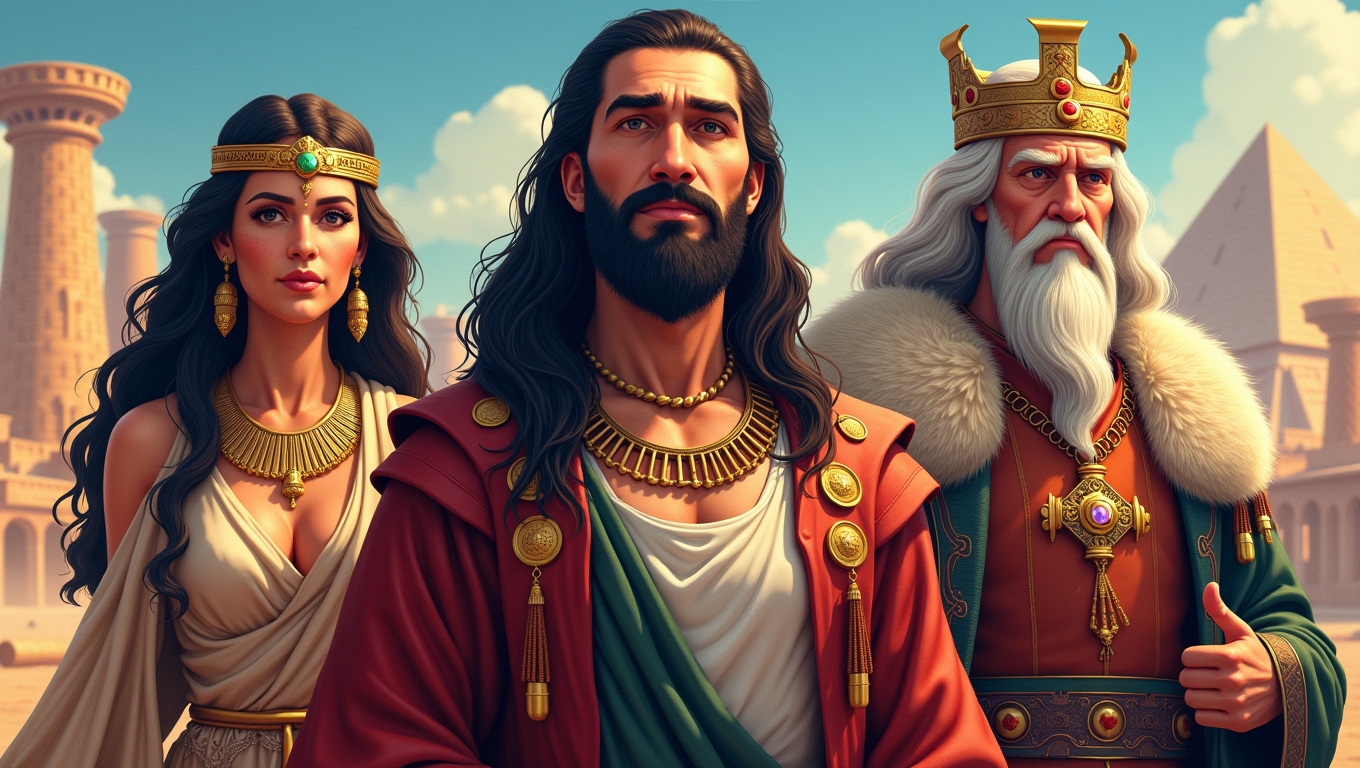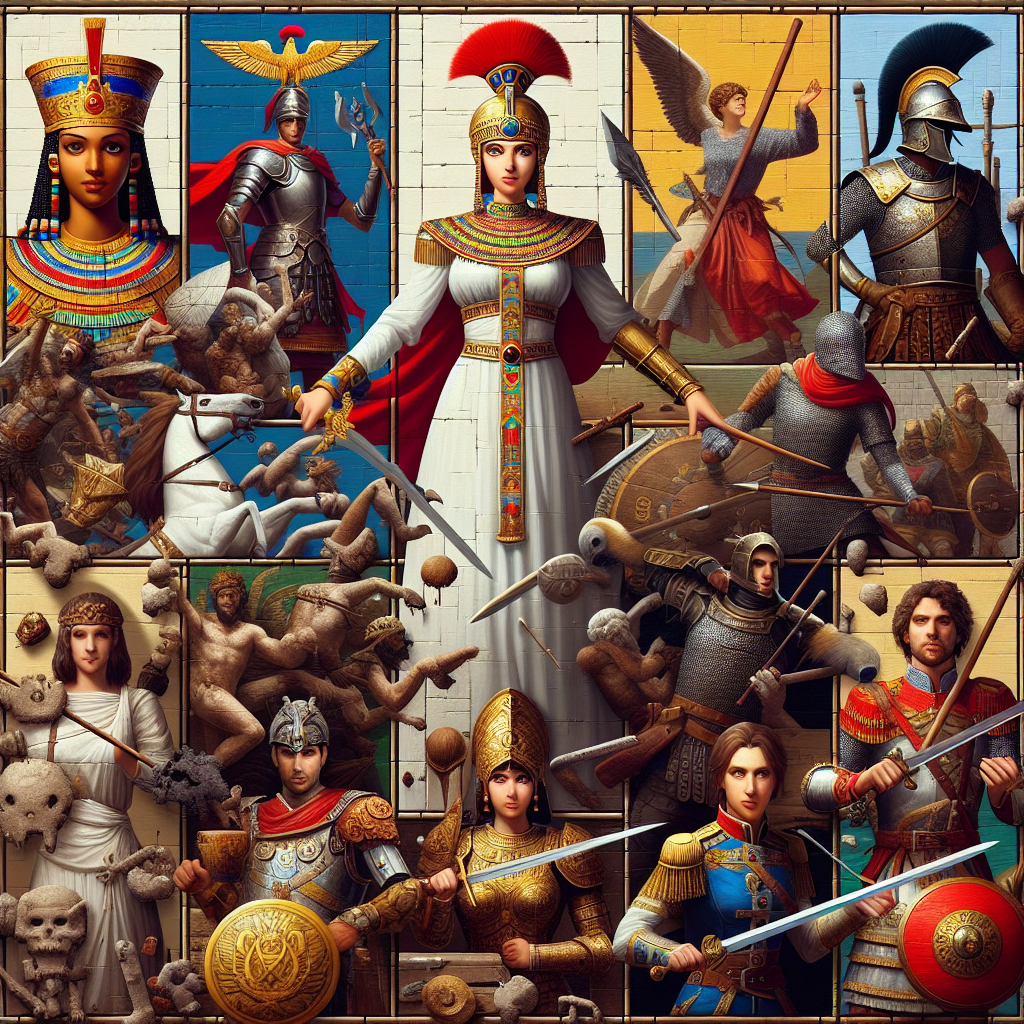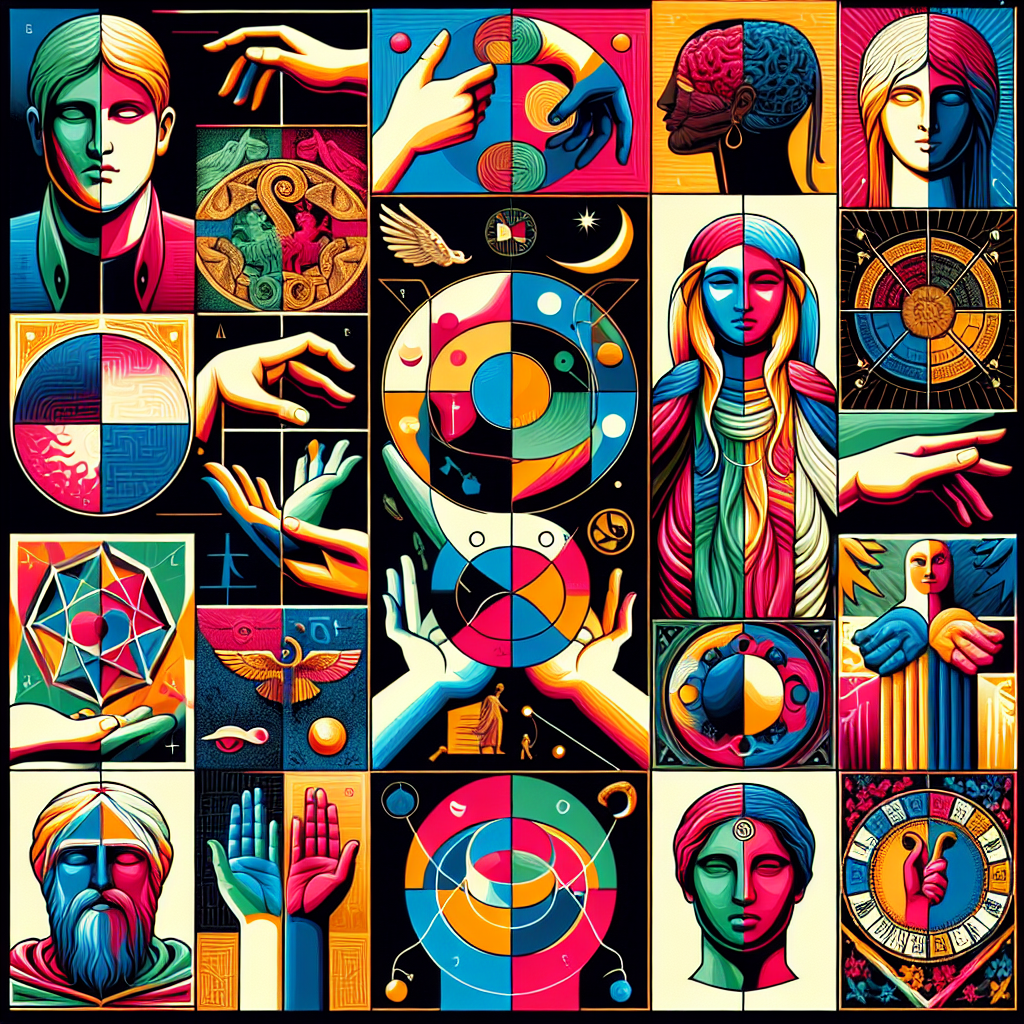In the realm of gaming, the integration of characters inspired by real-life historical figures can enrich the narrative and gameplay experience. Historical figures in gaming can serve as compelling leaders, each bringing unique traits and skills that enhance the player’s journey. Imagine playing a strategy game where you can lead armies alongside figures like Napoleon or engage in diplomacy with figures such as Cleopatra. This article explores how these iconic characters could lead a game and captivate players.
1. The Charismatic Leaders
Charisma is a vital trait for any leader, and many historical figures exemplify this quality. Alexander the Great, known for his strategic brilliance and inspiring speeches, could lead armies in a real-time strategy game. His ability to rally troops and conquer vast territories would translate into powerful gameplay mechanics, allowing players to experience the thrill of commanding legions.
Similarly, Queen Elizabeth I, with her diplomatic finesse and strong leadership during the Elizabethan era, could serve as a character who players must navigate through political alliances and cultural advancements. The historical figures in gaming can provide players with a sense of purpose and motivation, making the gameplay more engaging.
2. The Visionary Innovators
Innovation has driven history forward, and characters like Leonardo da Vinci would make fascinating additions to any game. As a polymath, da Vinci could offer players unique inventions and skills that enhance gameplay, such as advanced technology or creative solutions to problems. His character could be a quest-giver, challenging players to think outside the box and utilize ingenuity to progress.
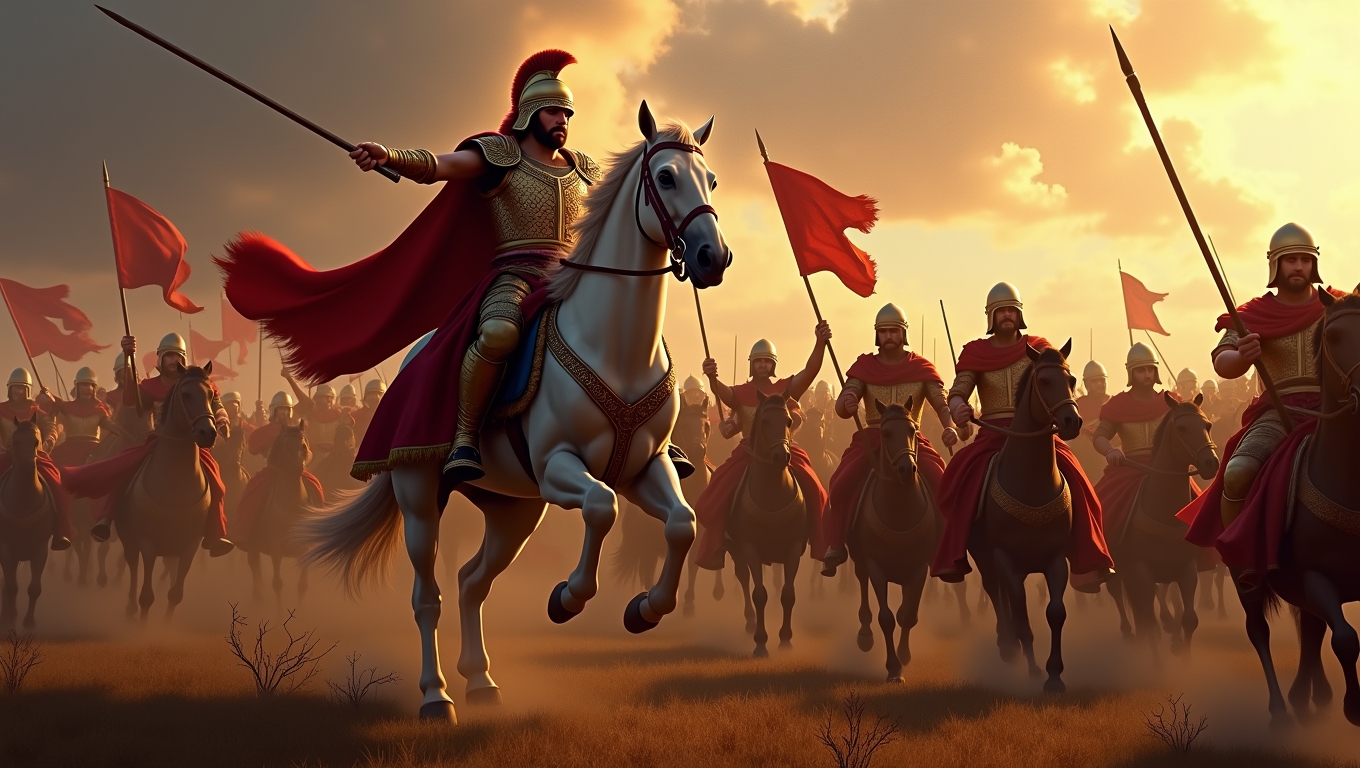
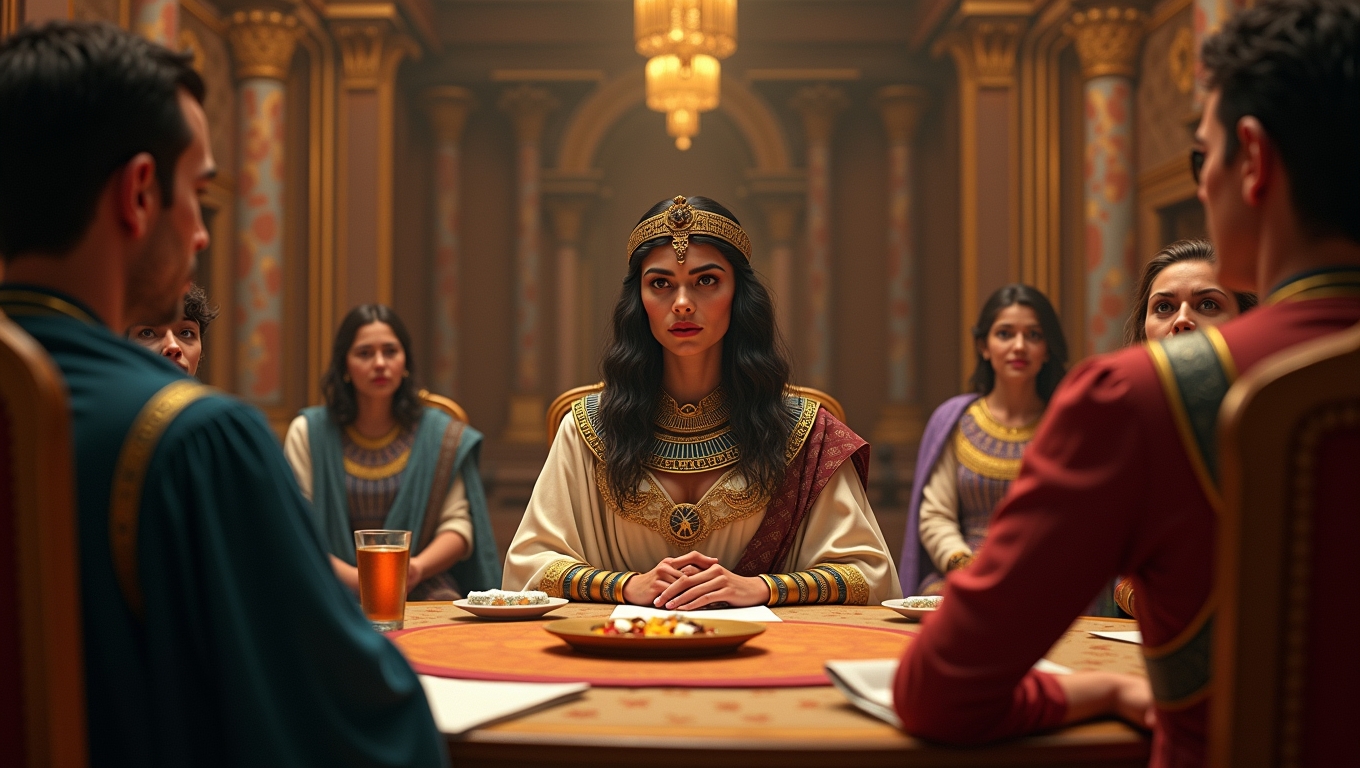
Another example could be Thomas Edison, who revolutionized the world with his inventions. In a simulation game, players could harness his inventive spirit to create new technologies that impact their gameplay, pushing the boundaries of what is possible in a virtual world. Historical figures in gaming can serve as catalysts for innovation, inspiring players to explore new strategies and concepts.
3. The Fearless Warriors
Warriors throughout history have displayed courage and strength, making them perfect candidates for leading games focused on combat and strategy. Figures like Genghis Khan, known for his military prowess and tactical genius, could be featured in an action-packed game that emphasizes conquest and territory expansion. Players could learn from his strategies and adapt them to their gameplay, creating an immersive experience.
Similarly, Joan of Arc, a symbol of bravery and determination, could lead players through a narrative-driven game where they must overcome challenges and fight for their beliefs. Her character could inspire players to embody resilience and bravery, showcasing the power of historical figures in gaming to motivate and empower.
In conclusion, integrating historical figures in gaming not only enriches the narrative but also offers players a chance to connect with the past in meaningful ways. Whether through charismatic leaders, visionary innovators, or fearless warriors, these characters can lead games that inspire creativity, strategy, and leadership. The potential for historical figures in gaming is limitless, inviting players to explore the rich tapestry of our shared history while having fun in the process.
Some content and/or images on this page were created using AI.

